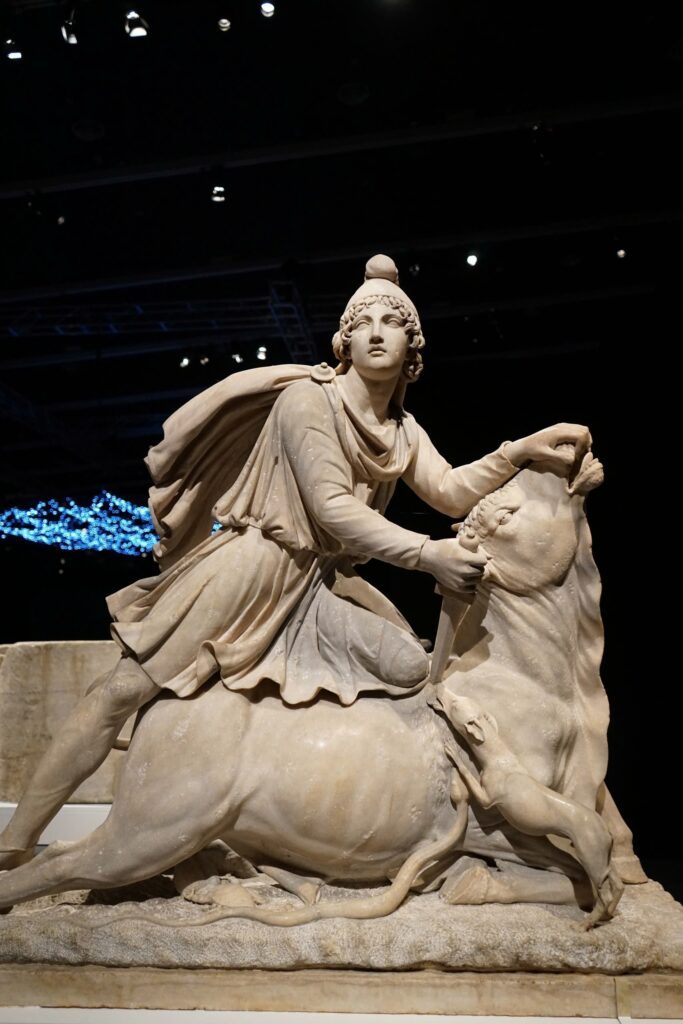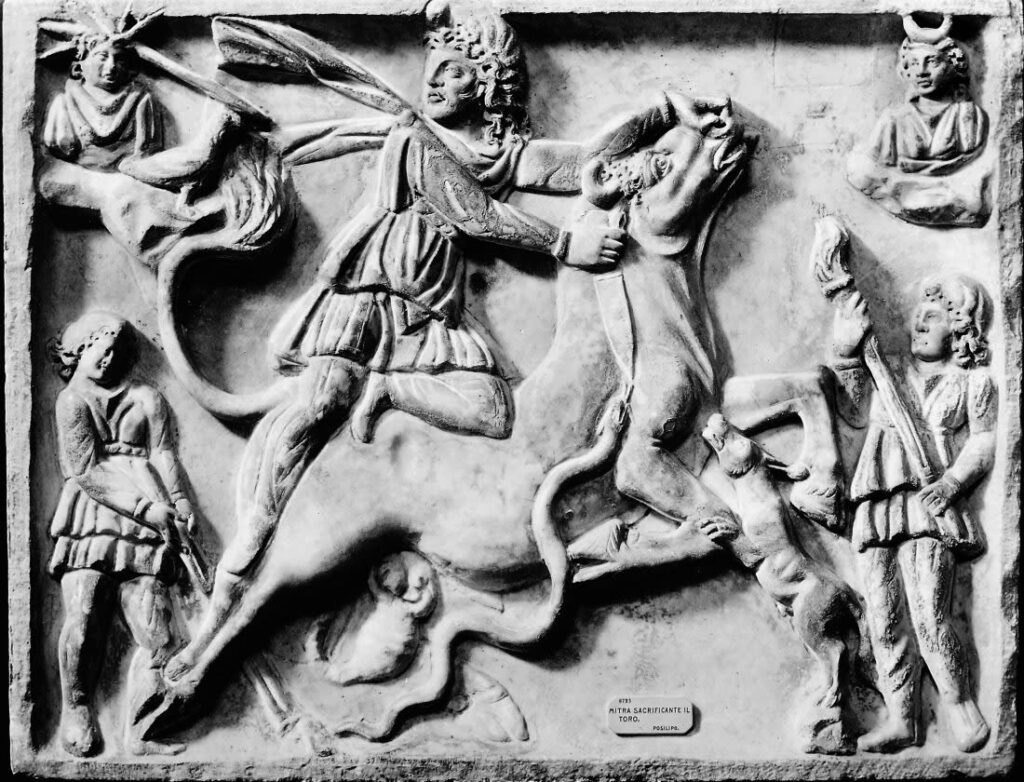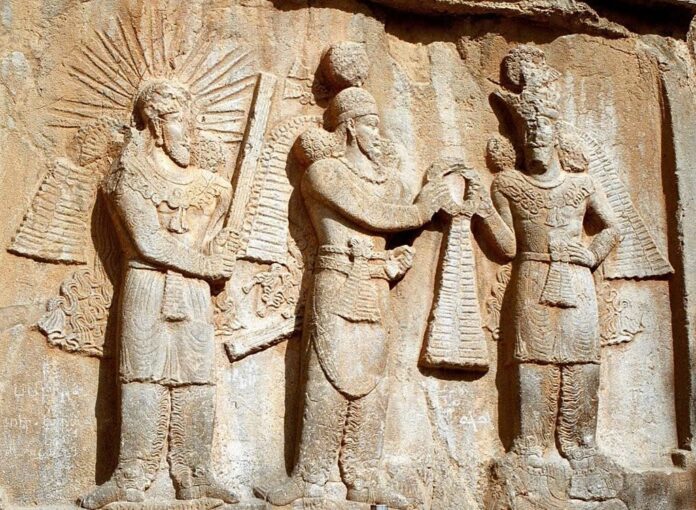Origins and Spread of Mithra’s Worship

In the annals of ancient Indo-Iranian mythology, few deities shine as brightly as Mithra, the god of light and contracts. His influence stretched far and wide, from the eastern realms of India to the western lands of Spain, Great Britain, and Germany. Known by various names – Mithra, Mithras, or Mitra – this celestial being captured the hearts and minds of diverse cultures across the Indo-European world.
The Earliest Mentions
The story of Mithra begins in the mists of time, with his name first appearing in a treaty between the Hittite and Mitanni states at the end of the 14th century BC. Here, alongside Varuna and Nasatyas, Mithra stood as a divine witness to the oaths sworn. His presence in such an important document hints at the gravitas he held even in those ancient days.

As time flowed on, Mithra’s name echoed through other sacred texts. The Rigveda of the Indians and Zarathustra’s Avesta both paid homage to this powerful deity, cementing his place in the pantheon of gods revered by Indo-Iranian peoples.
The Many Faces of Mithra
God of Contracts and Morality
The very name “Mithra” carries deep meaning. In Sanskrit, it translates to “friend” or “pal,” while in the Avestan language, it took on the weightier connotation of “agreement” or “contract.” This linguistic link reveals Mithra’s true nature – a god deeply associated with moral behavior and the sanctity of promises.
Protector of Truth and Cosmic Order

But Mithra was far more than just a overseer of contracts. He embodied the rising sun, heralding each new day with his radiant presence. As the guardian of cosmic order, Mithra ensured the regular change of seasons and maintained the delicate balance of the universe.
In the hearts of his followers, Mithra stood as a powerful protector. He guided the faithful towards “asha” – the concept of truth and righteousness. With unmatched strength, he battled against the forces of darkness, often aided by Anahita, the goddess of fertile waters.
Mithra’s Journey Through Time
The Zoroastrian Era and Beyond
The worship of Mithra faced challenges during the rise of Zoroastrianism, but like the sun he represented, Mithra’s influence would rise again. During the Achaemenid period (550-330 BC), Mithra regained his prominence. While early inscriptions invoked only Ahura Mazda as the supreme deity, later texts saw Mithra and Anahita join in blessing the imperial dynasty and kingdom.
The Divine Warrior and Kingmaker

Artistic depictions of Mithra paint a vivid picture of his divine might. Imagine him charging across the sky in a chariot drawn by white horses, armed with a dazzling array of weapons – a silver spear, golden bow and arrows, deadly daggers, axes, and his most fearsome tool: the mighty mace.
Mithra’s role extended beyond the battlefield and into the realm of politics. As the dispenser of “farr” – divine grace – Mithra held the power to legitimize a king’s rule. However, this blessing came with a caveat. Should a monarch stray from the path of righteousness, Mithra could withdraw his favor and bestow it upon a worthier successor.
Mithra’s Legacy
The influence of Mithra extended far beyond his Indo-Iranian roots. In the Roman world, a mystery religion known as the Cult of Mithras emerged. While inspired by the Persian Mithra, this Roman incarnation evolved into a distinct belief system, captivating the imaginations of soldiers and citizens alike across the vast empire.

A Hymn to Mithra
To truly capture the essence of Mithra, we turn to the words of the Avesta itself. In a beautiful passage translated by the renowned Iranist Ilya Gershevic, we glimpse the awe-inspiring majesty of this ancient god:
“Grass-land magnate Mithra we worship, whose words are correct, who is challenging, has a thousand ears, is well built, has ten thousand eyes, is tall, has a wide outlook, is strong, sleepless, (ever-)waking…”
The hymn continues, painting a vivid picture of Mithra’s dominion over the natural world and his importance to warriors seeking strength and victory.
As we reflect on the story of Mithra, we’re reminded of the enduring power of myth and the universal human desire for divine protection, cosmic order, and the sanctity of our word. From ancient treaties to the far-flung corners of empires, Mithra’s light continues to shine through the ages, illuminating the shared spiritual heritage of diverse cultures.

